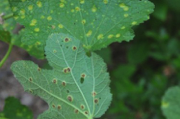
 Watch for rust on hollyhock. This is the most common disease on hollyhock and can cause serious injury as leaves are progressively killed through the summer. Look for yellow spots on the surface of the leaves and orangish to brown pustules on the underside. Infections can also take place on stems and green flower parts. The first line of defense is to remove all hollyhock stalks, leaves and other debris in the fall and destroy them. Remove any infected foliage you see now. Just be sure the foliage is dry so you don’t spread the disease. Continue to remove diseased leaves as soon as they show spots. Try using a fungicide such as sulfur or myclobutanil (Immunox, Immunox Plus, F-Stop Lawn & Garden Fungicide) to protect healthy foliage. Note that sulfur may burn leaves if the air temperature is over 85 degrees within 24 hours of application. Follow label directions for timing and rate. (Ward Upham)
0 Comments
Video of the Week: |
AuthorsCynthia Domenghini runs the Horticulture Response Center in the Department of Horticulture and Natural Resources at Kansas State University. Other contributors include K-State Extension Specialists. Archives
March 2024
Categories
All
|
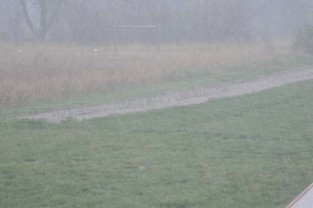
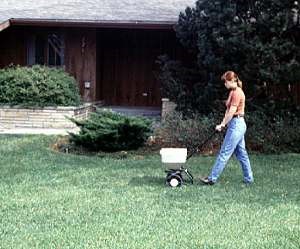
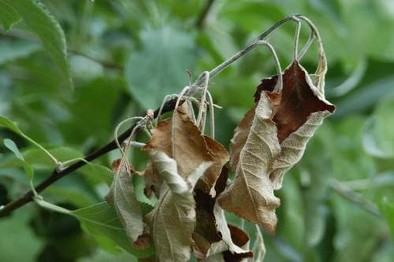
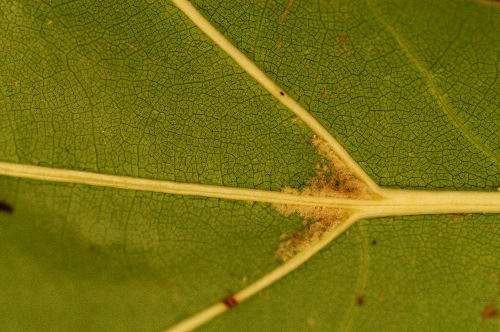
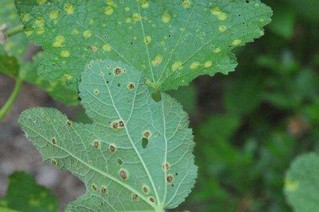

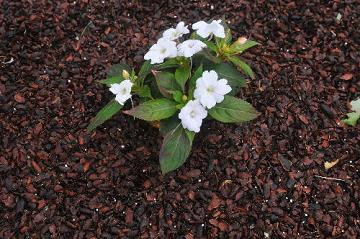
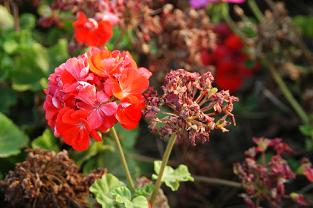
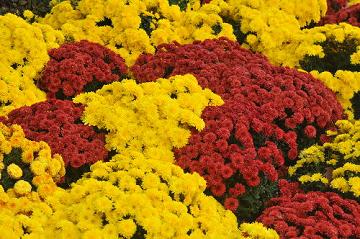
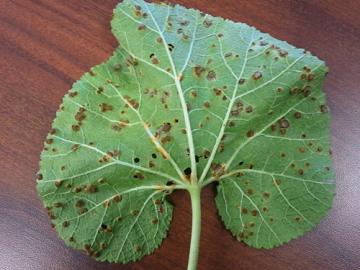
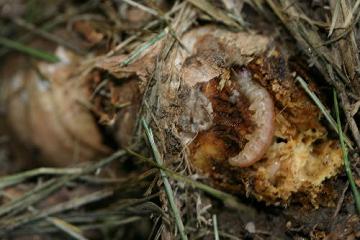
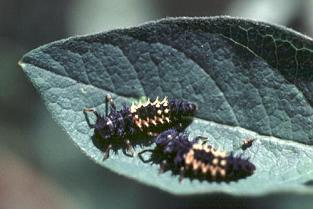
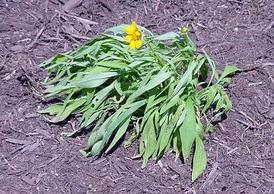
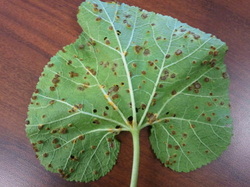
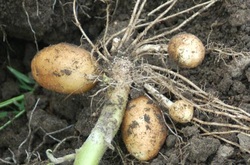
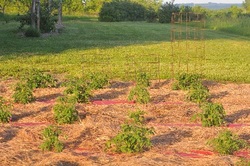
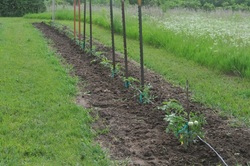
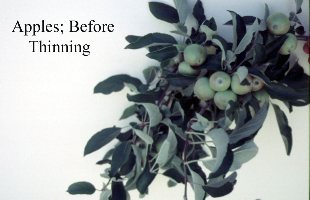
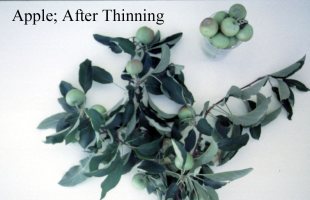
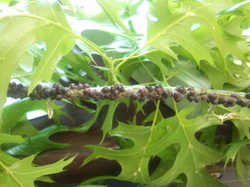
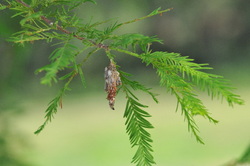
 RSS Feed
RSS Feed
